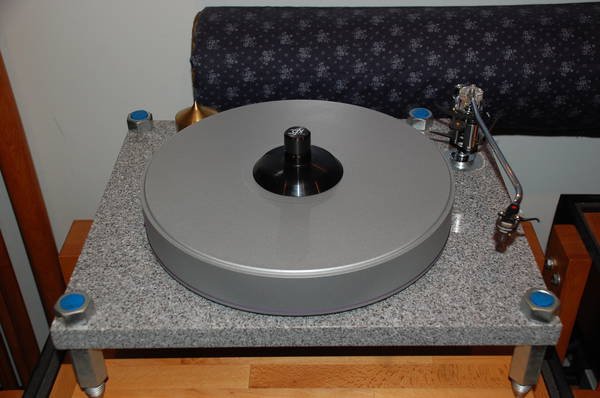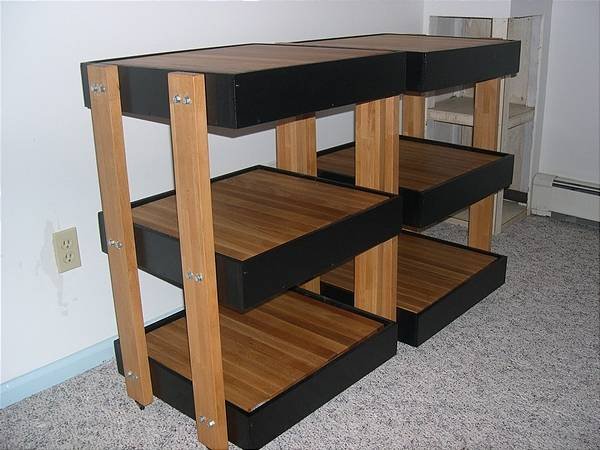The first line of the original post is: "The Frugal Audiophile can't really entertain the idea of
turntable platforms from Symposium and other manufacturers, so he has to improvise to keep costs real." Bold added by me. That is why I (perhaps mistakenly) focused on turntables.
I agree with the rest, with the caveat that any isolation system design needs to include an understanding of which frequencies are of importance becuase they are being injected into the system or because system resonances at those frequencies lead to other problems. I have very little experience with these things, mostly for laser/lidar test beds, IC probe stations, and of course IC fabrication. The other experience I have is not really relevant (keeping an oscillator running in spec at G forces and such that turn normal dampening materials into goo and rip packages through their boards).
If granite "rings" at high frequency (relative to the suspension), does that matter? Is there a path that lets that get into the sound? Or does the mass of granite (lead, whatever) outweigh any such transmission path (if significant)? Wood is pretty "dead" but has much lower density so you need a lot more of it if your goal is to add enough mass to a particular spring to bring down the resonance. Then there's spring force to consider, how much force it takes to compress the spring, what is the resultant frequency response, etc. etc. etc.
A turntable usually has its own isolation (suspension) system and providing additional isolation to handle broadband vibrations both mechanical and airborne as found in a typical audio system can be a daunting task. Adding a fancy isolation system only to find it solved one problem (resonance) while creating and/or emphasizing another is vexing. Been there, done that, and probably will again...

Many years my Linn (located on the upper floor of an old house) would skip whenever Grandmother walked into the room. After a lot of trial and error I built a tall box with a number of mattress springs. The number I selected such that when I jumped up and down on the floor the cartridge did not skip. That empirical approach was way easier than all the math...




